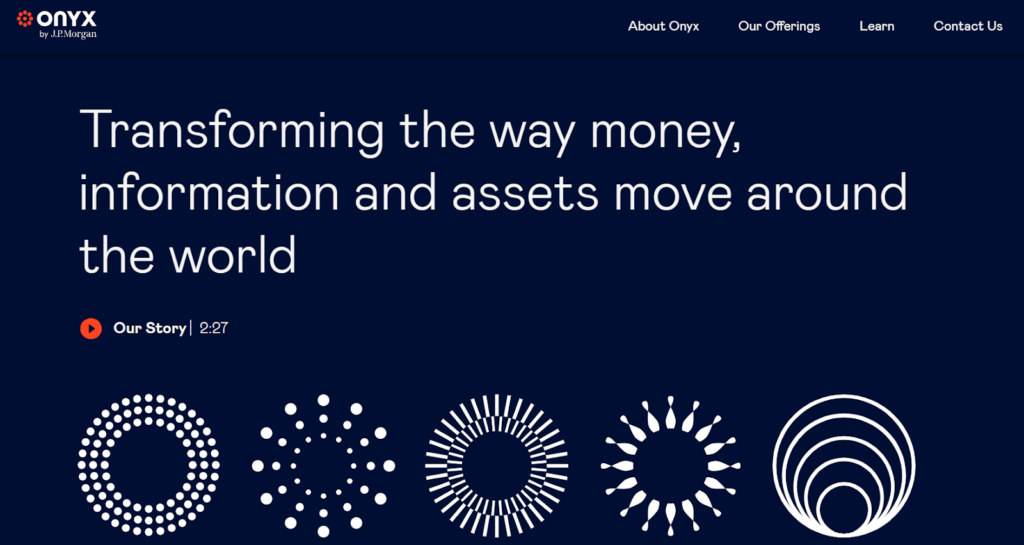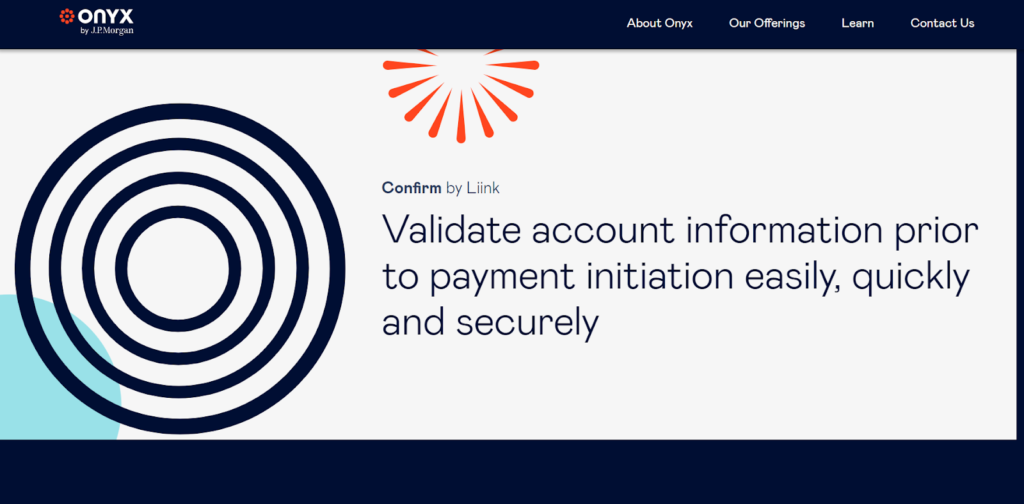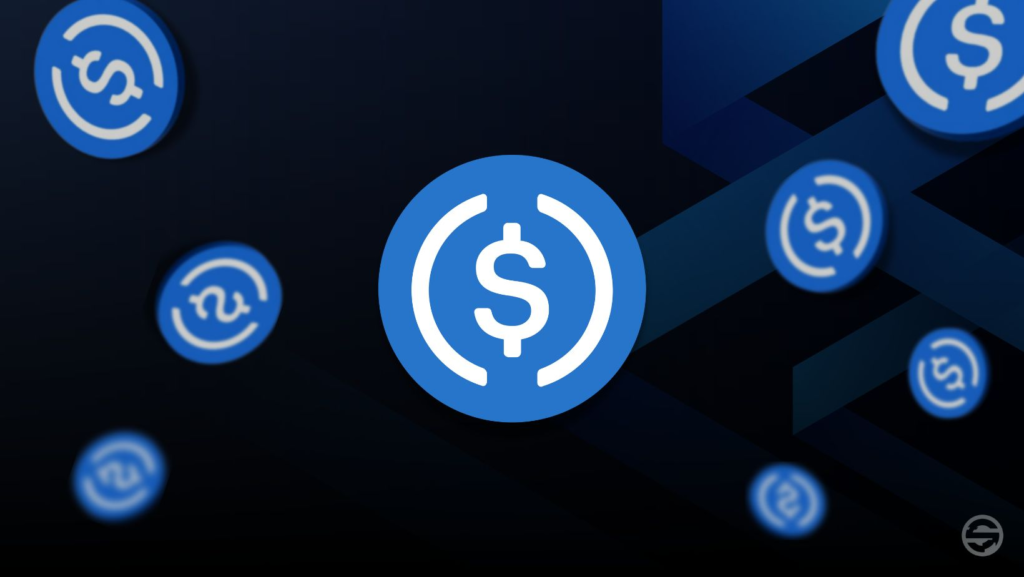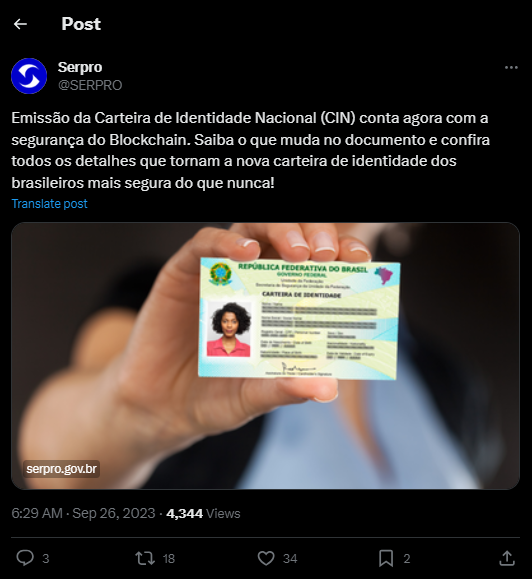The permissioned blockchain technology called Onyx from JPMorgan uses smart contracts to streamline transaction requests on its network. Following the bank’s JPM Coin debut in 2020, it has since acted as the best permissioned blockchain that banks and other financial organizations may utilize to effectively move money, assets, and information.
Originally known as Onyx Coin Systems, Onyx is a whole ecosystem. As of October 2023, JP Morgan has handled transactions totaling $300 billion in JPM Coin from several institutional and business clients since the cryptocurrency’s debut.
What exactly is Onyx?
For wholesale use, Onyx is what is referred to as a private (permissioned) blockchain and offers a wide range of useful services to banks, financial institutions, FinTech companies, and affluent people.
A variety of functionalities, including as a tokenization platform, a payment rail, clearing and settling wholesale transactions, and custodial services for users, are offered by the multipurpose financial ecosystem known as Onyx.

In this instance, Onyx builds a blockchain-based account where deposits are handled as “deposit tokens,” which JPMorgan believes are more appropriate than stablecoins because they are issued by regulated banks across the US, making them a safer option for commercial banks and other parties involved in a transaction. The bank claims that because stablecoins are unregulated, there is a possibility of a run or de-pegging.
Only a select few large or mid-sized companies that require high-speed networks with cutting-edge security and organization have access to permissioned blockchains. These users serve as network nodes and are capable of exchanging information with one another to carry out a variety of functions, including verifying transactions and reporting faults or status updates.
JPMorgan has established a bank-based blockchain that offers a variety of blockchain-based services, such as deposit tokens, information storage, and asset tokenization, becoming the first investment bank to do so.
Onyx Blockchain Main Products
Onyx, as we described in the beginning of this post, is a whole ecosystem created to offer banks and financial institutions a variety of goods and services. The Interbank Information Network (IIN), formerly known as Liink, will be the first to be discussed.
Liink
Liink is a blockchain-based business-to-business (B2B) platform that enables banks and financial institutions to carry out international transactions and exchange data in a peer-to-peer setting so they can organize a financial roadmap, share insights, and develop a workable plan for their companies.

By pre-validating accounts, Liink can reduce the risk of fraud and prevent missed or returned payments (which raise expenses and processing costs). Liink offers a major product called Confirm that enables Liink clients to check and approve new accounts for cross-border payments.
Over 70 clients, including clients in Europe, are served by it currently, and it has handled more than 60 million communications.
Onyx Digital Assets
By enabling users to build tokenized versions of their goods, Onyx Digital Assets, Onyx’s asset tokenization technology, successfully integrates applications of all types into the blockchain. It offers a strong infrastructure and a variety of tools to enable the creation of web3 apps at all phases of the process and bring tokenization initiatives to life.

Customers may also use the platform’s suite of financial tools to better use their financial assets, such as posting them as collateral margin without making market moves or utilizing them as collateral against intraday borrowing.
JPM Coin
Another item is JPM Coin, a stablecoin created by JPMorgan in 2019 and entirely backed by the bank’s own US dollar assets. As a result, it has insurance and other advantages. Similar to Onyx, JPM Coin is only offered to a select group of customers in the US and, more recently, Europe. Multinational Siemens was the first customer to adopt JPM Coin in Europe.
However, JPM Coin is not your ordinary stablecoin. Here are some major takeaways:
- Quorum, a blockchain system that specializes in the creation of permissioned networks, is the platform on which JPM Coin was developed. It enables speedy money transfers and is stable due to its linkage to the US dollar.
- The key distinction between conventional stablecoins and JPM Coin is that the former may be staked in liquidity pools or used for yield farming by decentralized finance (DeFi) protocols, many of which are not very open about their dollar reserves and other backings.
- While offering liquidity management, JPM Coin is primarily utilized by JP Morgan’s institutional and corporate clients for quick cross-border transactions and institutional settlements. Two parties can begin transferring value using JPM Coin if they both have JP Morgan accounts.
However, there is a crucial distinction that has to be made: JPM Coin is really the bank’s unique digital version of the dollar, not a standard cryptocurrency.










































